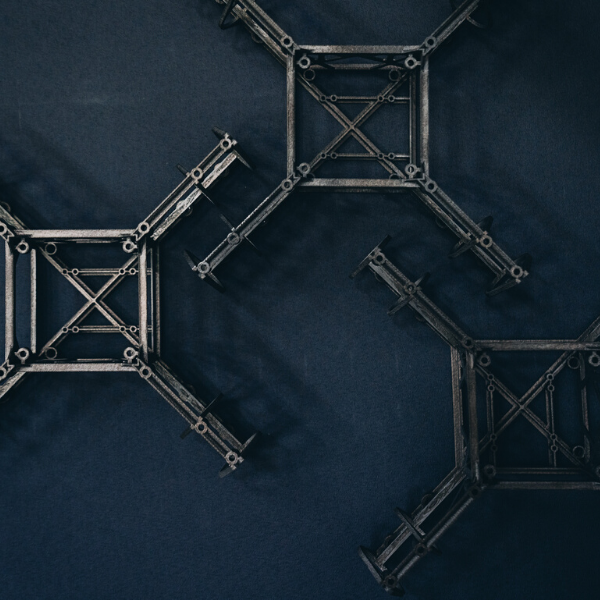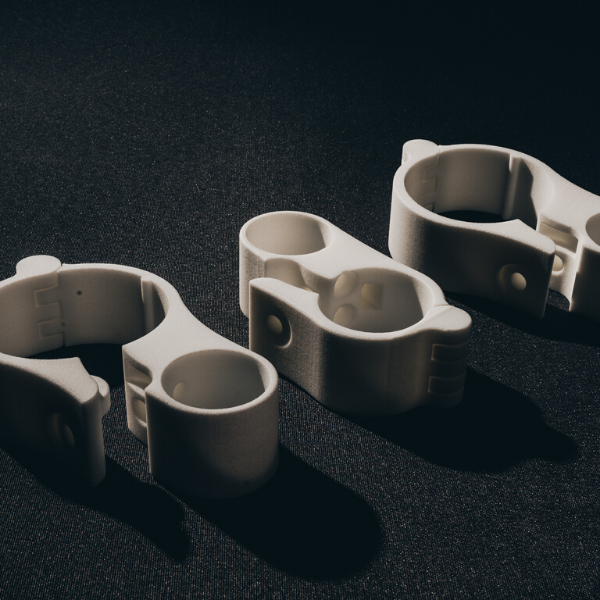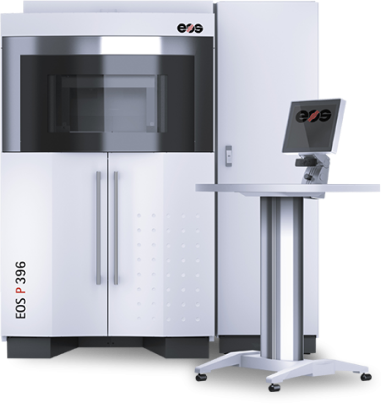More and more companies are discovering the multiple opportunities of 3D printing and are now utilising them as part of a profitable business. 3D printing provides countless ways for enterprises to enhance the effectiveness of their business activities and make their processes faster and smoother.
If the sales volume of a company is small (for example, less than 5,000 pcs), 3D printing is an economical alternative for manufacturing workpieces. With 3D printing, the price per workpiece is higher than with injection moulding. However, this removes the need for initial investments and storage costs. Workpieces can be ordered exactly as needed.
When the design of a product changes frequently or it is continuously modified, 3D printing is the best alternative. As it is very costly to create mouldings, they should be used for longer periods of time. 3D printing, on the other hand, allows for flexible customisation. The design can even be changed during production, if necessary.
Compared to traditional methods, 3D printing has many advantages. It enables individualising the product offering and reducing the number of assembled parts. 3D printing allows different geometries with virtually no limits.
No tools are required for the 3D printing process, so it can be started quickly and usually in a cost-effective way. As only as many parts are manufactured as is needed at any given time, savings are gained in storage costs.
There are different 3D printing techniques and they allow the use of various materials according to the intended purpose of use. What they all have in common is that thin layers of the used material are formed one by one according to the model being used. When finished, the printed models can be surface treated and painted.


